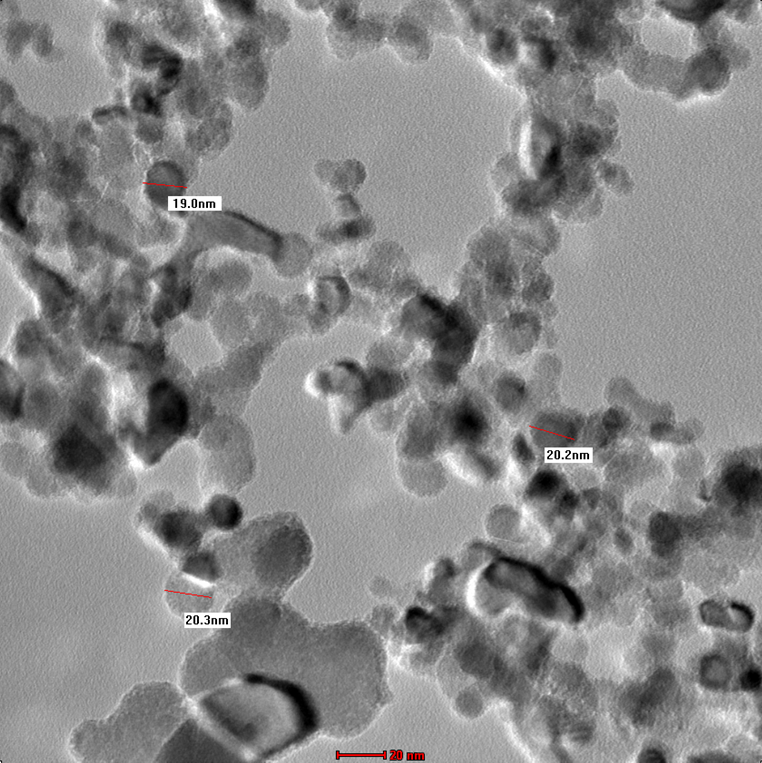Titanium nitride (TiN), as a new type of multifunctional cermet material, has excellent characteristics such as high melting point, high hardness, wear resistance, good chemical stability, good electrical and thermal conductivity and optical performance. Its melting point is 2930~2950℃, it is a good conductor of heat and electricity, and it is also superconducting at low temperature. It is a material for manufacturing jet engines. With the development and breakthrough of science and technology, it plays different roles in many fields. The unique golden yellow metallic luster makes titanium nitride also have application in the field of gold decoration.
(1) Application in tool manufacturing
Titanium nitride ceramic coating has a golden appearance. Although it has the advantage of optimizing the appearance when coated on the tool, its main function is not for decoration. Its hardness value is as high as 2500 on the Webster hardness (HV). The thickness of the coating on the tool is generally 3 to 5 microns. Compared with the original product without coating, it has higher wear resistance and heat resistance, and the service life is longer. Applying this technology to mechanical equipment in industrial production, for example, coating titanium nitride on the gear hob can extend its life by 3 to 4 times, and can increase the cutting speed or feed rate when cutting gears. This reduces material machining time. The usage rate of coated high-speed cutting tools in industrially developed countries has accounted for 70% of high-speed cutting tools. Almost all of the automotive industry uses coated high-speed steel cutting tools to process gears, and its hobbing speed can reach 70~150m/㎜.
In our country, in 2005, the major national scientific and technological research project chaired by Professor Liu Ning from the School of Materials of Hefei University of Technology was to study titanium carbide-based cermet knives modified by nano-TiN and AlN. The study concluded that the nano-TiN modified TiC-based cermet tool has excellent mechanical properties, and is a new type of tool with high technical content and high added value. At the same time, after more than 4 months of use by users, it has been shown that this tool can partially replace YC8, YT15 and other cemented carbide tools in the field of cutting processing, the tool life is more than doubled, and the production cost is equivalent to or slightly lower than that of YC8 tools. This research has enabled the advent of new cermet knives made of nano-materials in my country, and at the same time marks a new progress in the research of special ceramics in my country.
(2) Applications in biomedicine
The occluder used to treat atrial septal defect, ventricular septal defect and patent ductus arteriosus in congenital heart disease has been widely used in clinical medicine as an implant for interventional therapy. However, most common congenital heart occluders are made of nickel-titanium alloy material, which contains up to 55% nickel, and excessive nickel will cause allergies and poisoning to the human body, and the long-term effect is more likely to induce cancer. The surface purification membrane of nickel-titanium alloy of the occluder can be destroyed, and the release of nickel ions inside it will increase the nickel content in the complex environment of the human body, further deteriorating the histocompatibility of the occluder.
Relevant studies have shown that since titanium nitride (TiN) is a material with good biocompatibility (it was once used for coronary stents), the thrombogenicity is much lower than that of nickel-titanium itself. As early as 2004, Lifetech Technology (Shenzhen) Co., Ltd. developed and launched a Cera ceramic membrane occluder using high-energy ion precipitation coating technology for this medical problem. Based on the design of the original nickel-titanium alloy occluder Maintain the original design shape of the atrial septal occluder, ventricular septal occluder, and patent ductus arteriosus occluder, and use plasma technology to uniformly coat a layer of titanium nitride TiN film on the surface of the nickel-titanium alloy, and use ion technology to make the metal The titanium coating is combined with C, N, O, etc. to form a biological coating, which greatly improves the corrosion resistance, biological tissue and blood compatibility of the occluder. According to the comparison of animal experiment data between Cera ceramic membrane occluder and common nickel-titanium occluder, it can be seen that: in terms of cell crawling growth performance, Cera ceramic membrane occluder is far superior to ordinary nickel-titanium occluder. Improve the repair of congenital heart defects and significantly reduce the risk of thrombus; the platelet adhesion and hemolysis rate are far lower than ordinary nickel-titanium occluders. At present, the Cera occluder has been approved by regions and countries including the European Union, India, Brazil, and Russia, and has been used in more than thousands of patients with congenital heart disease.
(3) Application of car front bumper film
After today's domestic car owners buy a car, it seems that it has become standard to stick a heat-insulating protective film on the car. It is even more important to stick the film on the front windshield of the car, which is the main radiation area. After all, the car film has the function of blocking ultraviolet rays and blocking parts. Heat and prevent injuries caused by sudden glass bursts, anti-glare and other situations, and reduce damage to objects and personnel in the car due to ultraviolet radiation. At present, there are many kinds of automotive insulation films on the market, and they are all different in terms of material function, service life and effect presentation. Based on nano-titanium nitride, the nano-ceramic film produced by the combination of magnetron sputtering technology and metal nitride technology is not only durable, not easy to corrode, but also has the advantages of not shielding mobile phone signals and good heat dissipation. Product performance Much better than other kinds of car insulation film. The earliest nano-ceramic heat insulation film was the amber optical nano-ceramic heat insulation film developed by the German Shaohua Technology Company in 2001, which was used in navigation, construction and automotive glass film.
